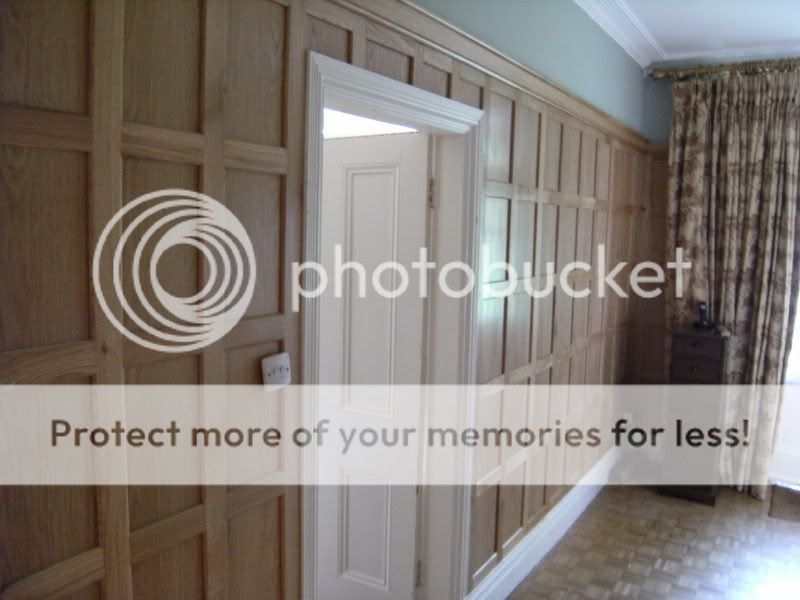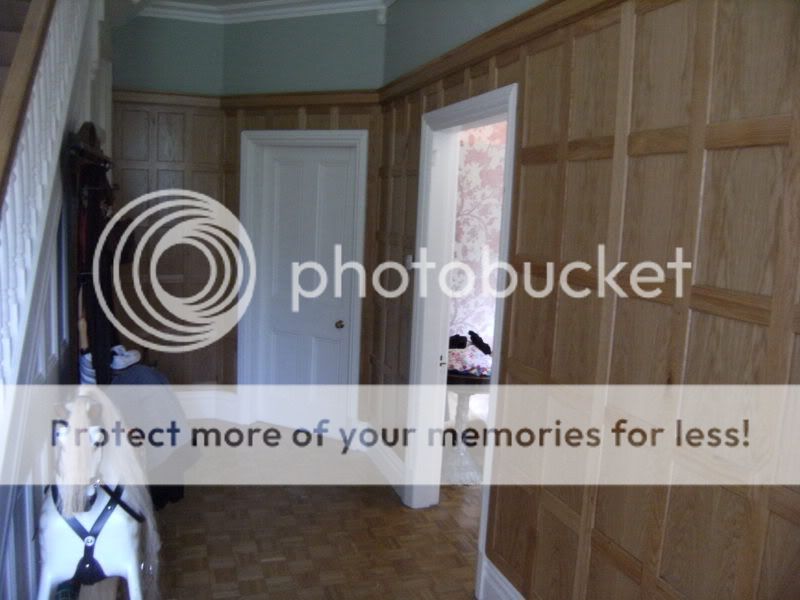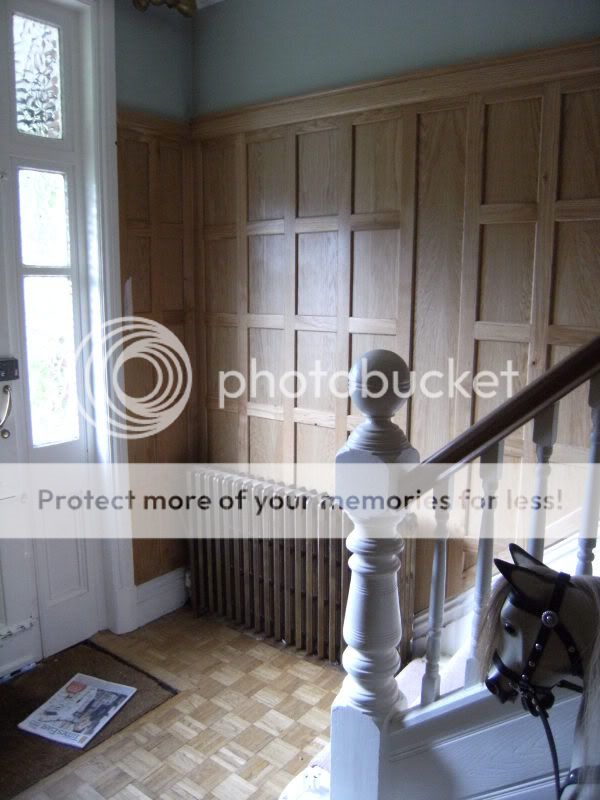BradNaylor
Established Member
- Joined
- 17 Oct 2007
- Messages
- 2,311
- Reaction score
- 2
We've been fitting oak panelling this week in the hall of a big Edwardian house round the corner from the workshop. Here's a few WIP photos;
We used 3mm oak ply with 10mm 'stiles' and 'rails' planted on. I think we spent longer templating and working things out than actually making it all!
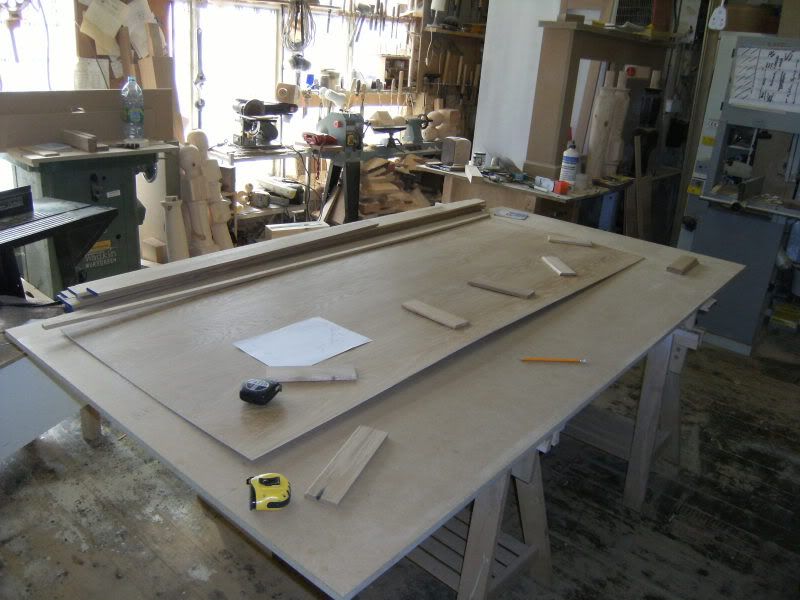
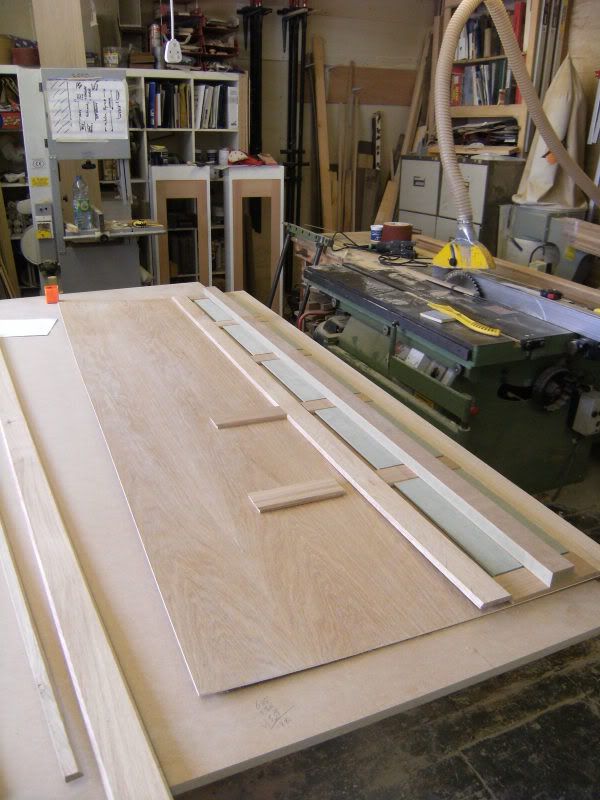
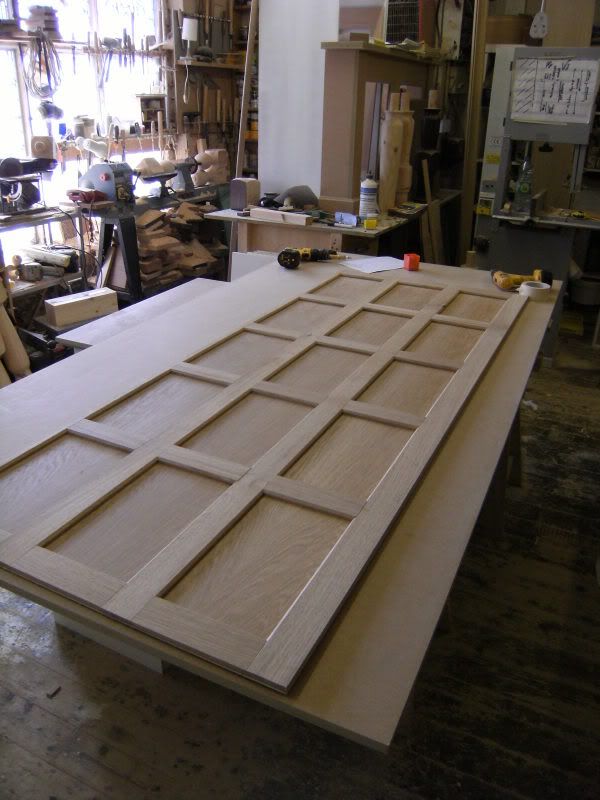
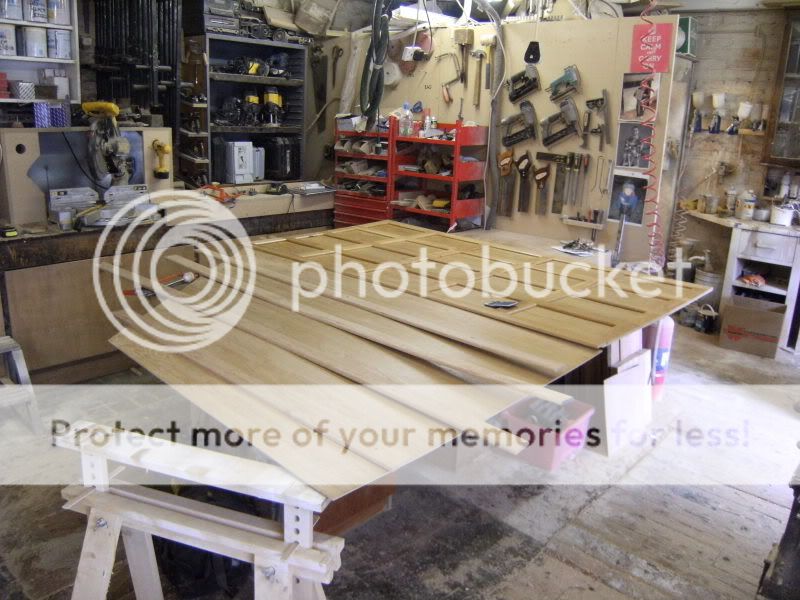
Then yesterday we started fitting;
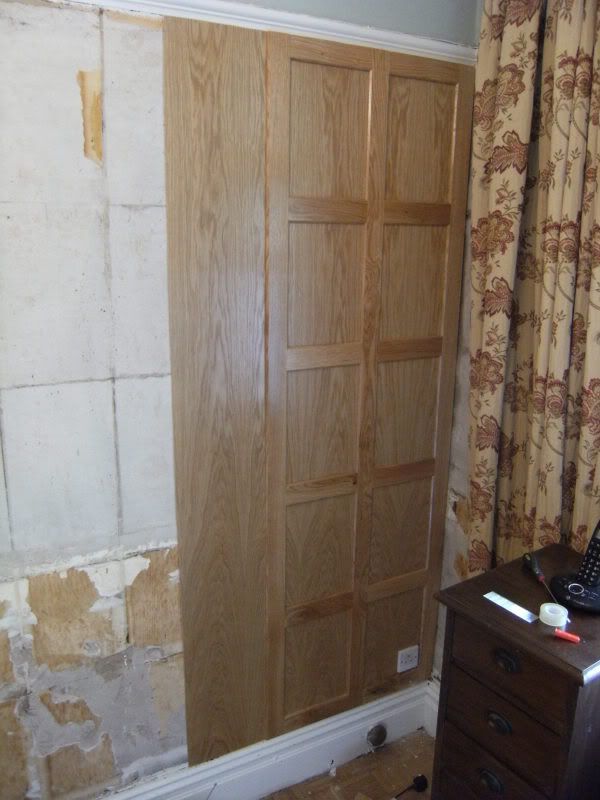
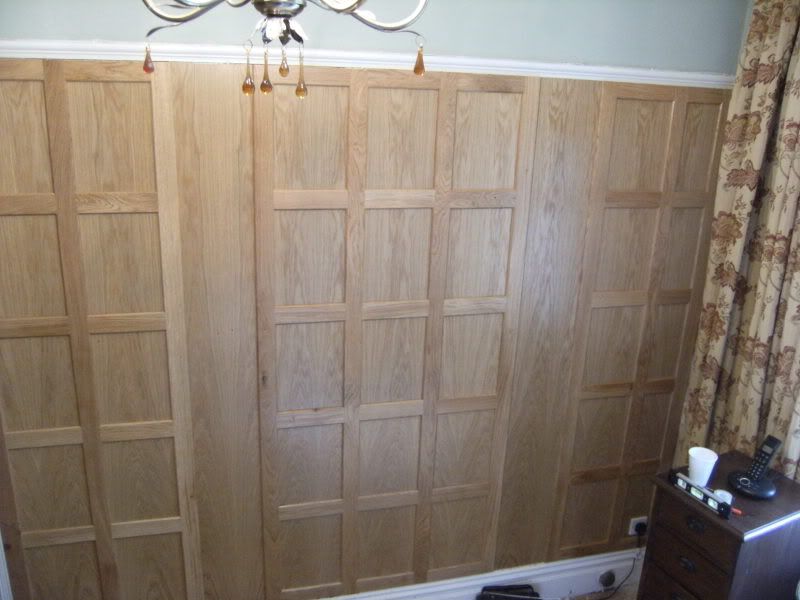
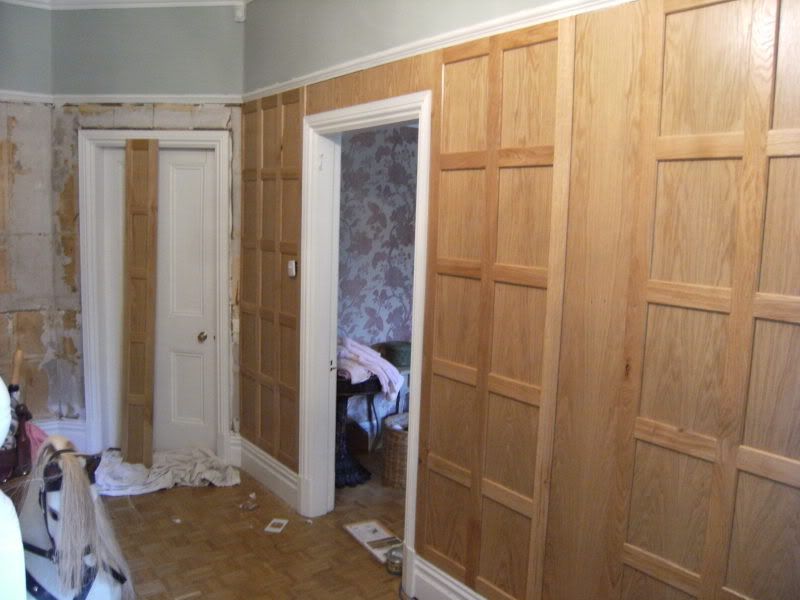

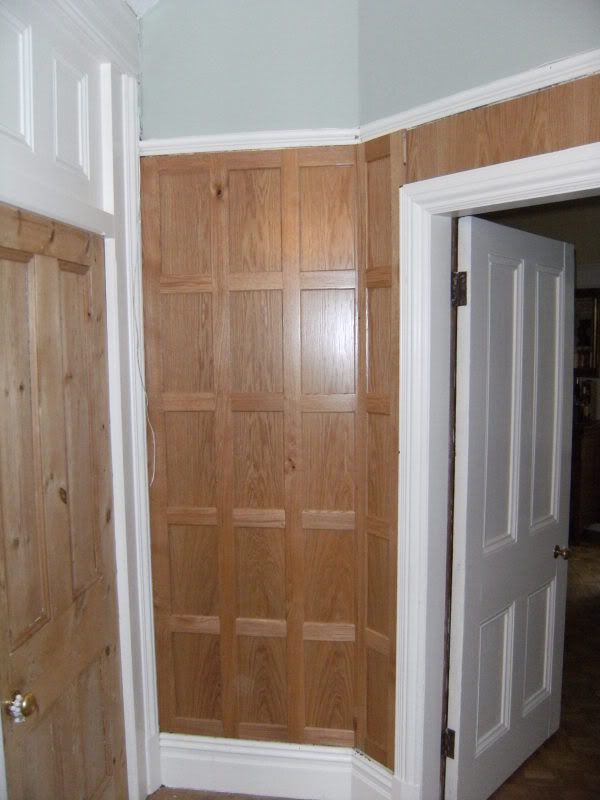
Tomorrow we've got to finish the fiddly bits and make and fit new picture rails.
Neither of us has ever done panelling before so it has been a case of the blind leading the blind but it has proved a lot more straightforward than we imagined. Best of all the customer loves it.
Cheers
Brad
We used 3mm oak ply with 10mm 'stiles' and 'rails' planted on. I think we spent longer templating and working things out than actually making it all!




Then yesterday we started fitting;





Tomorrow we've got to finish the fiddly bits and make and fit new picture rails.
Neither of us has ever done panelling before so it has been a case of the blind leading the blind but it has proved a lot more straightforward than we imagined. Best of all the customer loves it.
Cheers
Brad


































